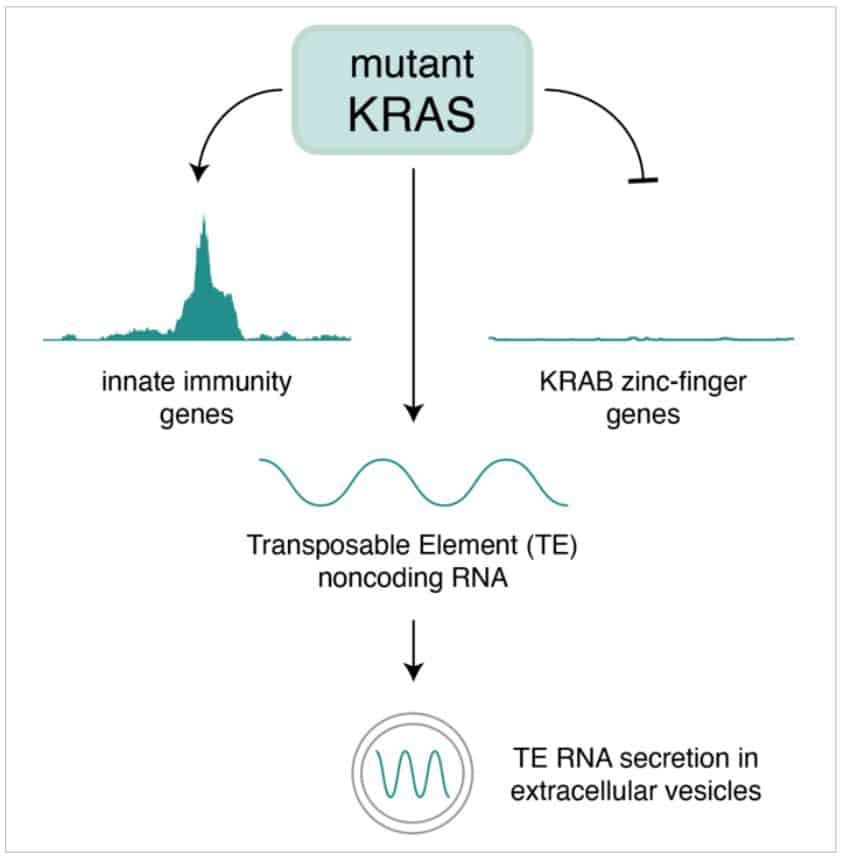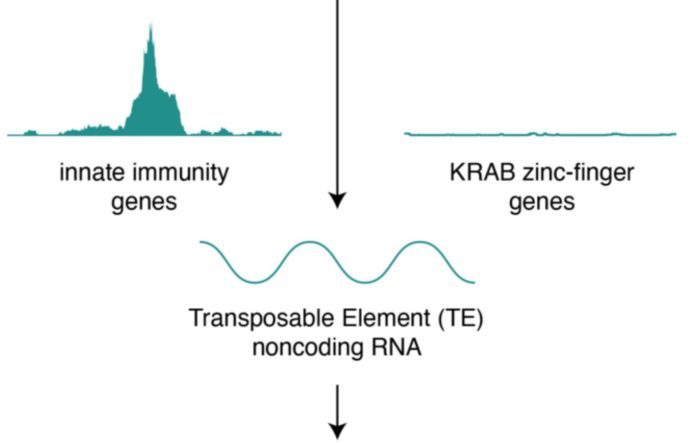New research from UC Santa Cruz researchers, published in the journal Cell Reports, demonstrates how a crucial genetic mutation that manifests early in cancer affects RNA “dark matter” and results in the emergence of hitherto unidentified RNA biomarkers for cancer early detection.
Mutations in the KRAS gene were studied since it is one of the most frequently mutated genes in all malignancies, including pancreatic, lung, and colorectal cancers.
KRAS is crucial for comprehending and identifying cancer in its earliest stages since it is believed to be the initial “driver” mutation that results in cancer formation.
In order to find new RNA biomarkers for cancer early detection, Daniel Kim’s group, an assistant professor of biomolecular engineering, focused on KRAS mutations in lung cancer to ascertain their impact on RNA “dark matter,” which is produced from 75% of the 3 billion base pairs in the human genome.
Every year, cancer kills millions of people around the world, and we need to come up with highly sensitive and specific diagnostic tests that can find cancer early, before it has spread to other parts of the body.
Kim’s lab investigates how the KRAS gene controls the transcriptome, or the entire collection of RNA made by a cell.
The most well-known role of RNA is as a “messenger” that transforms the genetic information recorded in DNA into protein. However, recent breakthroughs in genomics have shown that the great majority of RNA is noncoding and does not produce protein.
With the aim of applying this knowledge to better understand the genesis of cancer and discover new biomarkers for early cancer diagnosis, Kim’s lab focuses on research into this noncoding RNA.
In this study, which was led by National Institutes of Health F99/K00 fellow and Kim lab Ph.D. candidate in biomolecular engineering Roman Reggiardo, researchers discovered that KRAS mutations in lung cancers also turn on interferon-stimulated genes. This is something that happens in many cancers, but the cause hasn’t been known.
They also discovered that KRAS mutations silence a group of genes known as KRAB zinc finger genes, which, according to Kim, has never been observed in the setting of cancer. Some non-coding RNAs are abnormally active when these genes are turned off.
Many of these newly activated noncoding RNAs come from transposable elements, which are repetitive parts of the human genome. Some of these elements can “jump” around the genome and change it.
The researchers discovered that these transposable element RNAs are activated both inside of mutant KRAS cells and outside of the cells.
Since cancer cells are known to release RNAs into the bloodstream, these transposable element RNAs may be a sign of cancer-causing mutant KRAS that can be found in the blood by RNA sequencing.
This robust, powerful RNA signature, in Kim’s opinion, holds great promise for early cancer detection. In contrast to a conventional tumor tissue biopsy, this might be accomplished with a blood test known as a “liquid biopsy.”
These recently released findings were made possible by the use of cell culture models, where the researchers transformed non-cancerous lung cells into malignant ones by introducing mutant KRAS.
They sequenced RNA using many methods and analyzed the data computationally to discover which RNA was more abundant in cells harboring mutant KRAS compared to control cells.
Additional epigenomic profiling tests were carried out by the researchers to examine how genes are activated or inactivated without affecting the DNA sequence itself.

Additionally, they isolated extracellular vesicles to determine which RNAs malignant cells with mutant KRAS preferentially release into extracellular vesicles.
UCSF Professor of Medicine Eric Collisson’s lab, Stanford Professor of Radiology Utkan Demirci’s lab, Associate Professor of Biomolecular Engineering Angela Brooks’ lab, and Jason Fernandes from Professor of Biomolecular Engineering David Haussler’s lab are among the other labs that contributed to this study.
First-author Reggiardo remarked, “we were in an interdisciplinary environment that really encouraged us to think about RNA and cancer in a different way.”
The Kim group plans to analyze blood samples from lung cancer patients to verify that their newly found RNA signatures are present in these individuals, as part of their continuing and future research.
Through a joint funding from the Department of Defense, they will work on this in collaboration with Utkan Demirci, a colleague from the Stanford Canary Center, and other Stanford faculty members.
They want to create a test that could recognize these RNA fingerprints as potential biomarkers for lung cancer early detection.
Furthermore, they believe that the techniques created via this study could serve as a foundation for the creation of an RNA liquid biopsy platform for multi-cancer early detection.
“Now that we know the RNA signatures of this very early event in cancer,” Kim added, “this will help us develop new methods for cancer early detection, which will hopefully help save a lot of people’s lives in the future.”
Image Credit: Daniel H. Kim
You were reading: Scientists Have Found New RNA Biomarkers For Cancer Early Detection: A Simple Blood Test Is Enough
